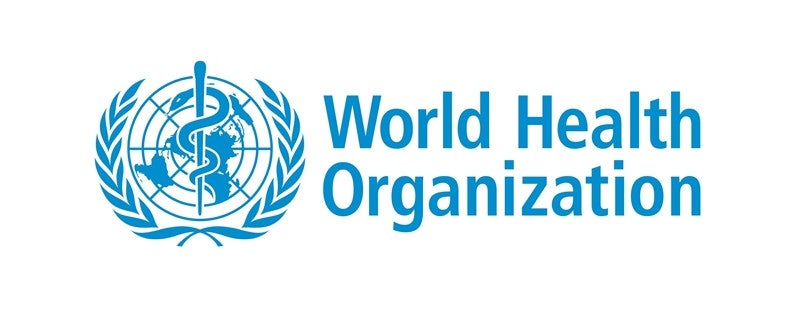The World Health Organisation (WHO) says Coronavirus (COVID-19) is 10 times deadlier than swine flu which caused a global pandemic in 2009.
WHO Director-General, Dr Tedros Ghebreyesus, stated this at a virtual news conference in Geneva on Monday.
He said that the virus could spread more easily in crowded environments like nursing homes.
“We know that early case-finding, testing, isolating caring for every case and tracing every contact is essential for stopping transmission.
“We know that in some countries, cases are doubling every three to four days,” he said.
READ ALSO:Enugu Govt. Imposes Time Limit on Commercial Tricycle Operations
According to him, while COVID-19 accelerates very fast, it decelerates much more slowly; in other words, the way down is much slower than the way up.
“That means control measures must be lifted slowly, and with control. It cannot happen all at once.
“Control measures can only be lifted if the right public health measures are in place, including a significant capacity for contact tracing.
“But while some countries are considering how to ease restrictions, others are considering whether to introduce them – especially many low- and middle-income countries in Africa, Asia and Latin America.
“In countries with large poor populations, the stay-at-home orders and other restrictions used in some high-income countries may not be practical.
“Many poor people, migrants and refugees are already living in overcrowded conditions with few resources and little access to health care,’’ he said.
Ghebreyesus added:”How do you survive a lockdown when you depend on your daily labour to eat.”
He said news reports from around the world described how many people were in danger of being left without access to food.
The director general said that schools had closed for an estimated 1.4 billion children; this had halted their education, opened some to increased risk of abuse, and deprived many children of their primary source of food.
“As I have said many times, physical distancing restrictions are only part of the equation, and there are many other basic public health measures that need to be put in place.
“We also call on all countries to ensure that where stay-at-home measures are used, they must not be at the expense of human rights.
“Each government must assess their situation, while protecting all their citizens, and especially the most vulnerable,’’ he said.
He said that to support countries in making these decisions, WHO would tomorrow be publishing its updated strategic advice.
“The new strategy summarises what we’ve learned and charts the way forward. It includes six criteria for countries as they consider lifting restrictions:
“First, that transmission is controlled; second, that health system capacities are in place to detect, test, isolate and treat every case and trace every contact.
“Third, that outbreak risks are minimised in special settings like health facilities and nursing homes;
“Fourth, that preventive measures are in place in workplaces, schools and other places where it’s essential for people to go; fifth, that importation risks can be managed.
“And sixth, that communities are fully educated, engaged and empowered to adjust to the “new norm,” he said.
He said every country should be implementing a comprehensive set of measures to slow down transmission and save lives, with the aim of reaching a steady state of low-level or no transmission.
“Countries must strike a balance between measures that address the mortality caused by COVID-19, and by other diseases due to overwhelmed health systems, as well as the social economic impacts.
“As the pandemic has spread, its public health and socioeconomic impacts have been profound, and have disproportionately affected the vulnerable. Many populations have already experienced a lack of access to routine, essential health services.
“Our global connectedness means the risk of re-introduction and resurgence of the disease will continue.
“Ultimately, the development and delivery of a safe and effective vaccine will be needed to fully interrupt transmission,” he said.
In addition, he said some countries and communities had now endured several weeks of social and economic restrictions.
The director-general said some countries were considering when they could lift these restrictions; others are considering whether and when to introduce them.
“In both cases, these decisions must be based first and foremost on protecting human health, and guided by what we know about the virus and how it behaves.
“Since the beginning, this has been an area of intense focus for WHO.
“As we have said many times before, this is a new virus, and the first pandemic caused by a coronavirus,’’ he said.
Ghebreyesus added: “We’re all learning all the time and adjusting our strategy, based on the latest available evidence.
“We can only say what we know, and we can only act on what we know.
“Evidence from several countries is giving us a clearer picture about this virus, how it behaves, how to stop it and how to treat it.’’



Leave a Reply